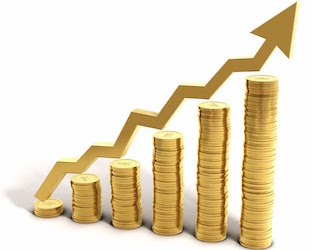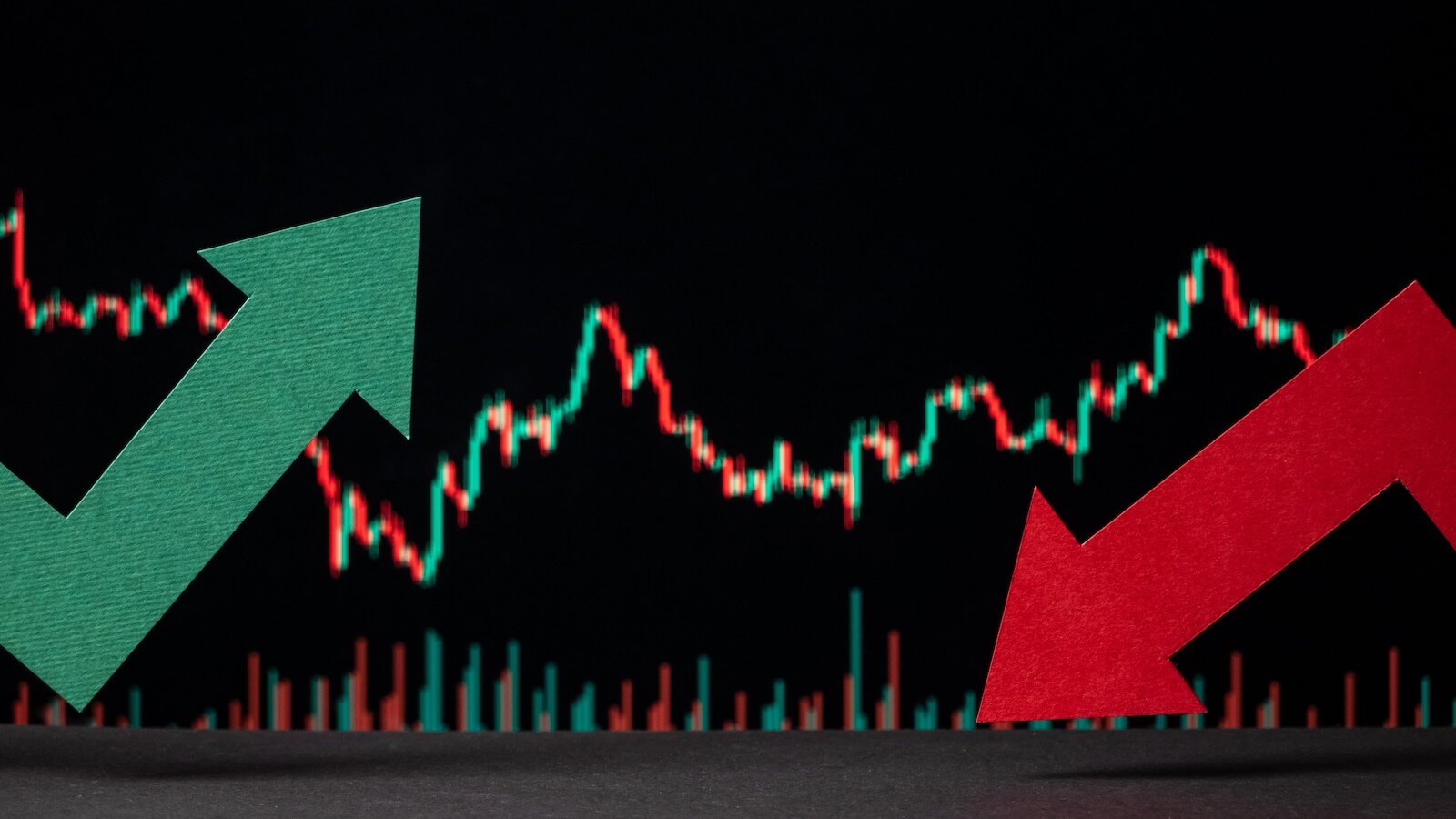 I think of this weekly blog as a sort of view from the kitchen. Mine is not some candy-coated representation of a non-existent financial Valhalla being peddled by someone who is trying to sell his black box with the holy grail formula.
I think of this weekly blog as a sort of view from the kitchen. Mine is not some candy-coated representation of a non-existent financial Valhalla being peddled by someone who is trying to sell his black box with the holy grail formula.
This is a weekly experience where I invite you into my trading kitchen and let you look over my shoulder as I blend a lot of essential ingredients into what becomes a tasty profitable investment dish. Is it simple? Heck, no! That’s the point. I make it clear that it takes a lot of study, practice and work. If you can’t stand the heat, get out of the kitchen. Find a money manager to take over your assets and learn to live with his or her results. If that’s the road you chose, I hope I helped you make the right decision.
If, on the other hand, you want to make real money, then make the commitment to join me in the kitchen and teach yourself to cook up a investment lifestyle that is both tasty and enriching for a lifetime.
Okay – if you are still with me, let’s carry on. Consider this: your mind in its untrained state is not a truthful instrument for perceiving market reality because it is too emotional and will lie to you. Now combine that with the fact that Wall Street is a sophisticated disinformation machine that’s intent on manipulating investors into believing what the markets deem as appropriate, and you can see that what you have is a “perfect storm”.
To become a successful investor, you must aspire to train yourself to become a virtual stock market ghost-buster. I can even suggest a theme song. Let’s assume that you’ve organized your office and written out your investment goals and trading plan. Moreover, you’ve read a couple of books about the stock market and the investor self, done a thorough market analysis, followed your carefully laid-out routines, stalked your trade and finally bought your equity. You are understandably satisfied and a bit exhausted. I call it “destination relief”.
Sorry to be brutally honest, but you have only completed half the journey. You are only 50% of the way there before you can start harvesting the profits you anticipated. So now what? I strongly suggest you have a checklist handy – one that might have items similar to the following 8 on my Monitoring To-Do list:
- For every equity, ETF or mutual fund you purchase, you should do a brief point form write-up detailing why you bought it, your source for the idea, the equity’s strengths and weaknesses as you presently perceive them, as well as a comment or two on your trade execution. I also like to do a first cut on both bullish and bearish scenarios for this equity so that I can start to get my mind to accept different futures playing out.
- However you set your alerts and stops – be it on your broker’s website or an annotation on your charts -- do it now. Also note the upcoming earnings dates.
- Add the equity to your market monitoring routines and ChartLists.
- Customize your charts with indicators that are appropriate for the equity. For example, I use different optimized moving averages depending upon whether it’s an index, ETF, mutual fund or stock. In my ChartList, I also save PerfCharts, including sister stocks, the corresponding sectors and industries all on one chart.
- Once a week, I update the fundamentals on all my equities. This includes recent news headlines and whether analysts’ earnings projections are trending up or down. I also check out second opinion sites, such as Morningstar.com, Investors.com and ETF.com.
- Once a month, I review my percentage allocations and plan out rebalancing amongst my portfolio positions using the seasonality tool. It’s nearly like free money. Execute your buys in months of historical weakness and your sells in the strongest months.
- I use three different physical systems to archive this information. The largest is digital files, but I also use binders and a war room type of bulletin board that visually helps monitor and organize my charts.
- Lastly, when I close out a position, I rate my trade and review my performance on both winners as well as losers. Sometimes tough to do but will pay dividends down the road on your next trade.
Remember that the market’s motto is “if you want my profits, you’ll have to earn them.” Welcome to the trading kitchen, fellow chef!
Trade well; trade with discipline!
- Gatis Roze, MBA, CMT
• Author, Tensile Trading: The 10 Essential Stages of Stock Market Mastery (Wiley, 2016)
• Presenter of the best-selling Tensile Trading DVD seminar
• Presenter of How to Master Your Asset Allocation Profile DVD seminar
• Developer of the StockCharts.com Tensile Trading ChartPack
You're invited!
Join me for an upcoming FREE investment seminar and book release party!
On Sunday, July 24th from 3:30pm to 6:00pm in Seattle, we will be hosting an educational event and reception to celebrate the release of our new book.
For complete details, CLICK HERE!





